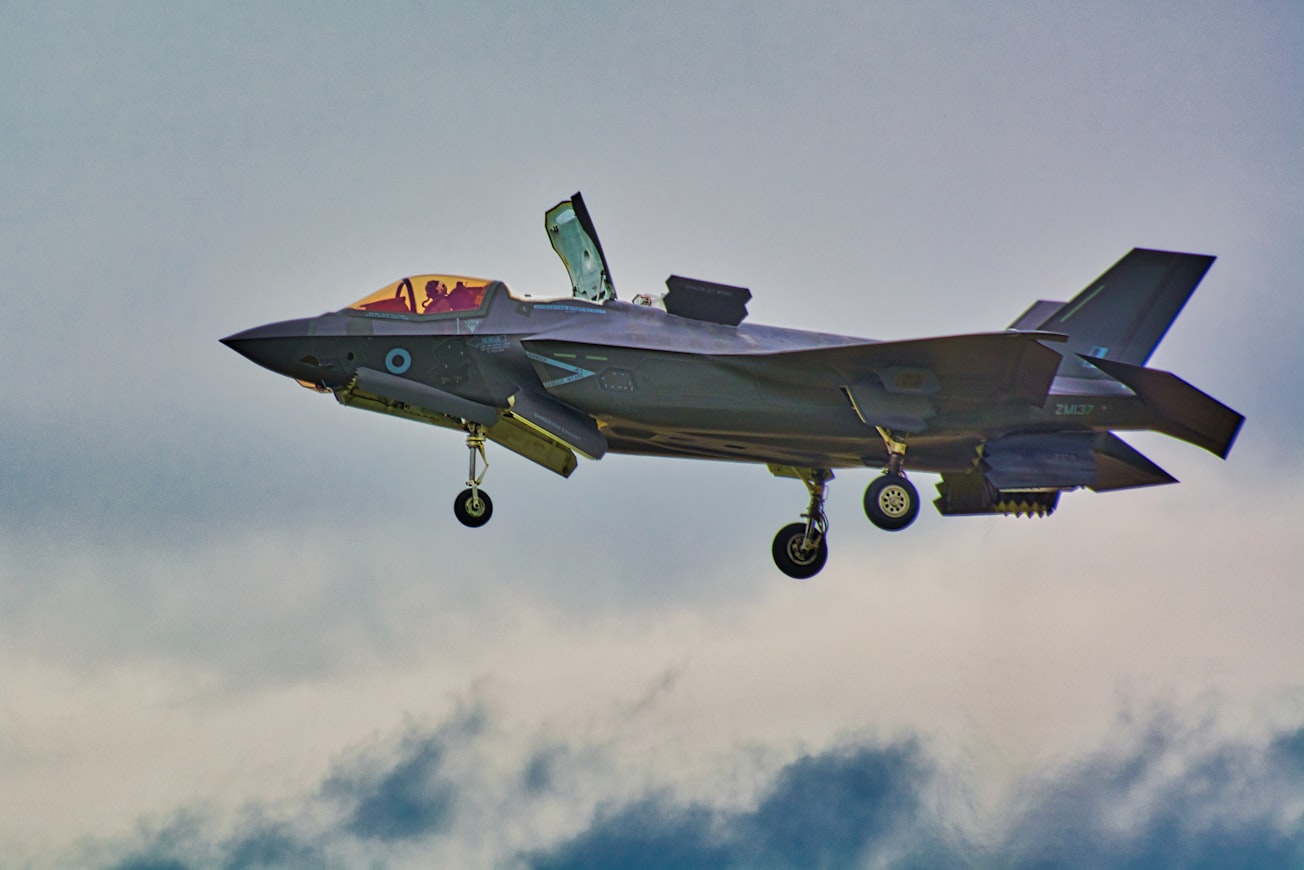What is it about?
This paper presents design charts that show how ejector performance depends on the major geometric parameters of ejector length, width, diffuser angle, and the how the flow is split between wall jets and central jets. These charts were computed with numerical solutions of the governing Navier Stokes flow equations, with turbulence.
Featured Image

Photo by Lawrence Hookham on Unsplash
Why is it important?
Thrust augmenting ejectors can provide solutions to many of the challenges faced in developing vertical take off and landing aircraft. This paper provides an explanation of how ejectors act to increase thrust and presents performance maps to guide the conceptual design of VTLOL aircraft
Perspectives
In the absence of a clear understanding how ejectors work and any design guidance, previous VTOL aircraft ejectors have been developed with cut and try methods. This paper provides a clear and simple explanation of how ejectors increase the thrust of jets and furnishes design tools for implementing this understanding. I hope this article leads to the development and production of a successful VTOL ejector aircraft.
Dr Paul M Bevilaqua
American Institute of Aeronautics and Astronautics
Read the Original
This page is a summary of: Understanding the Performance of Thrust-Augmenting Ejectors, AIAA Journal, November 2015, American Institute of Aeronautics and Astronautics (AIAA),
DOI: 10.2514/1.j053711.
You can read the full text:
Contributors
The following have contributed to this page










